'pU#\*c'
Hans Mayer Gallery | Grabbepl. 2, Dusseldorf, Germany
Apr. 28 - Jun. 30, 2016
![0]arK_Hans_Tony_Oursler-8.jpg](https://images.squarespace-cdn.com/content/v1/58121f0bd1758eacbcccef4a/1489167028464-OJG7JQ8RNTTKDV2YIDL7/0%5DarK_Hans_Tony_Oursler-8.jpg)
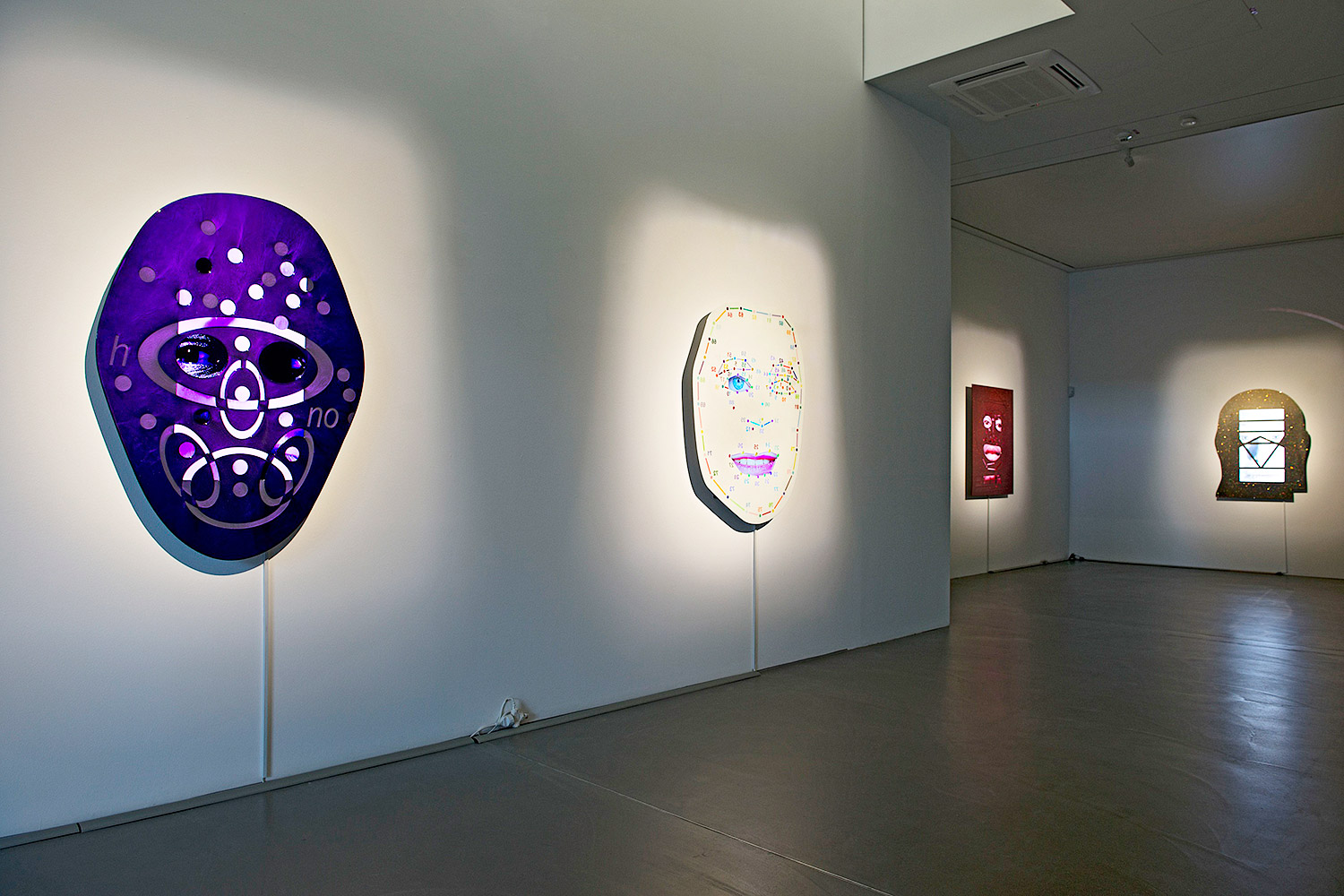
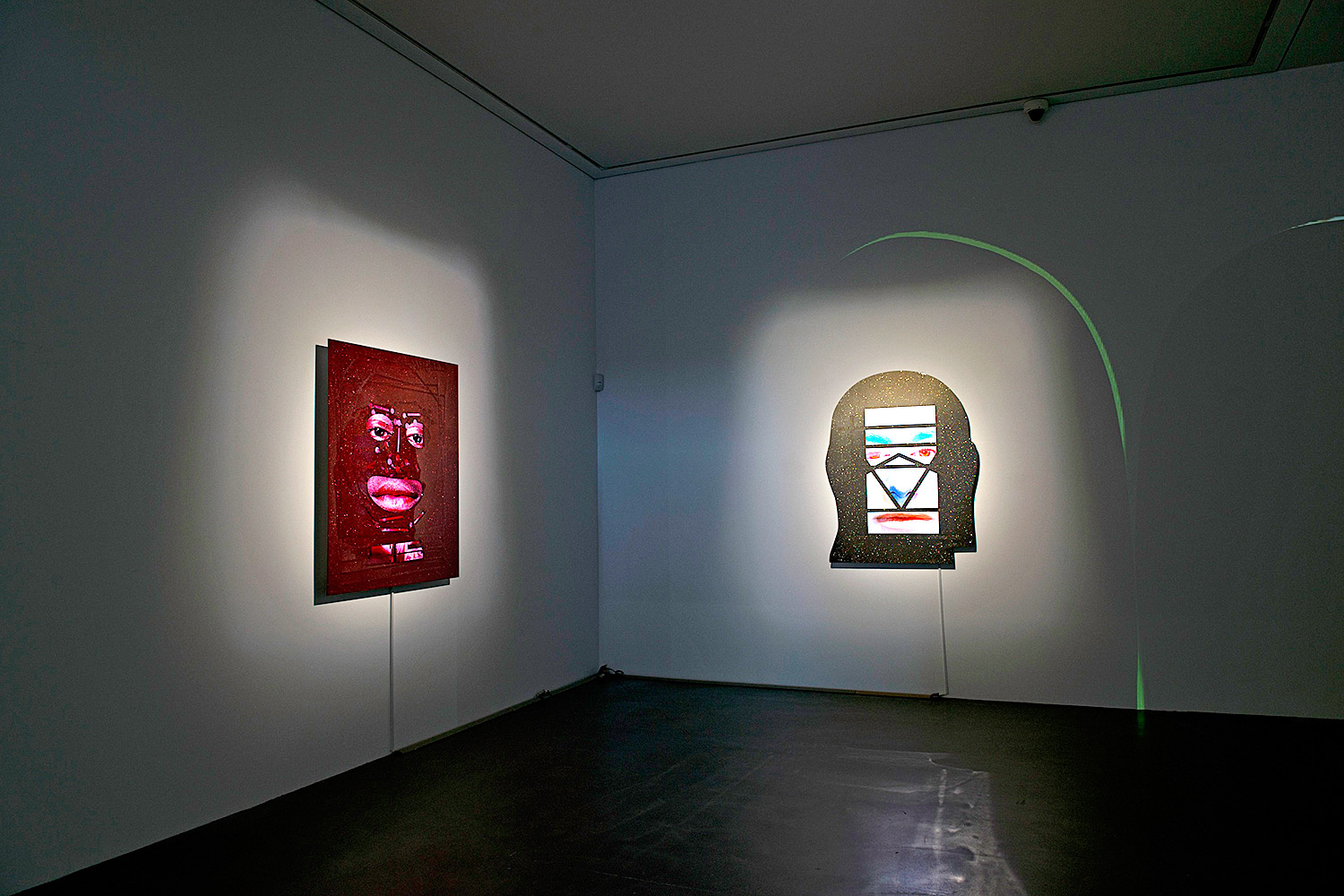
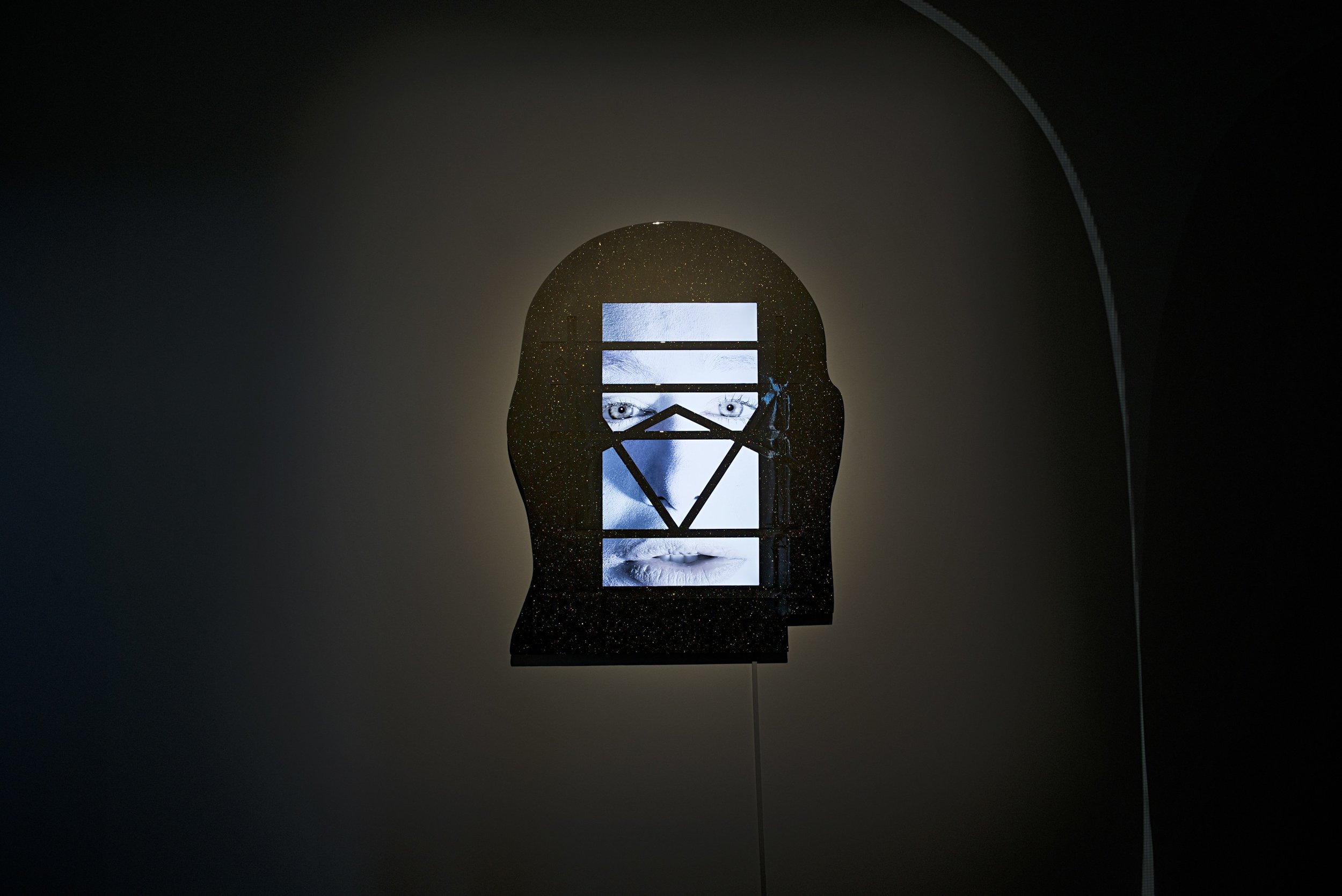
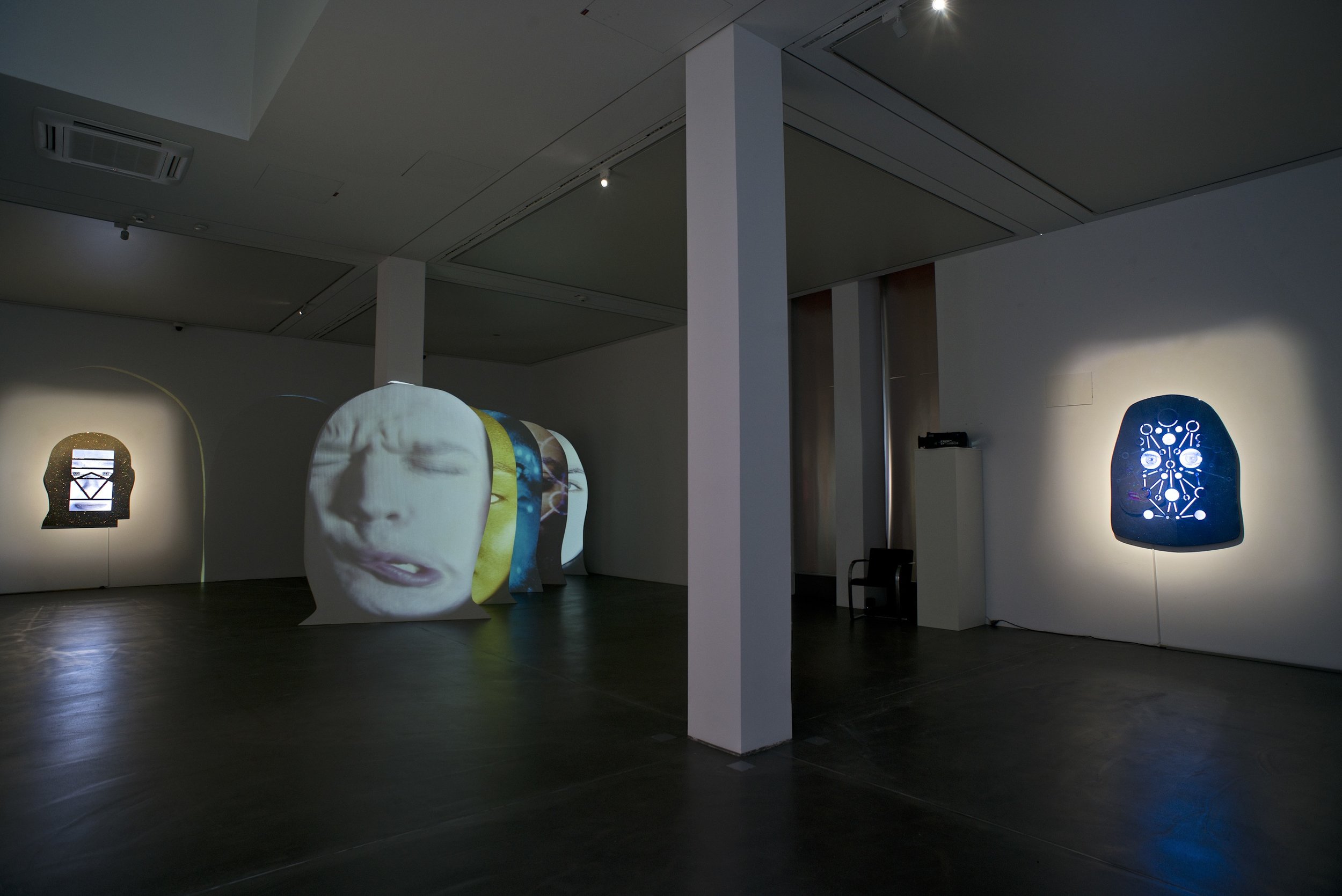




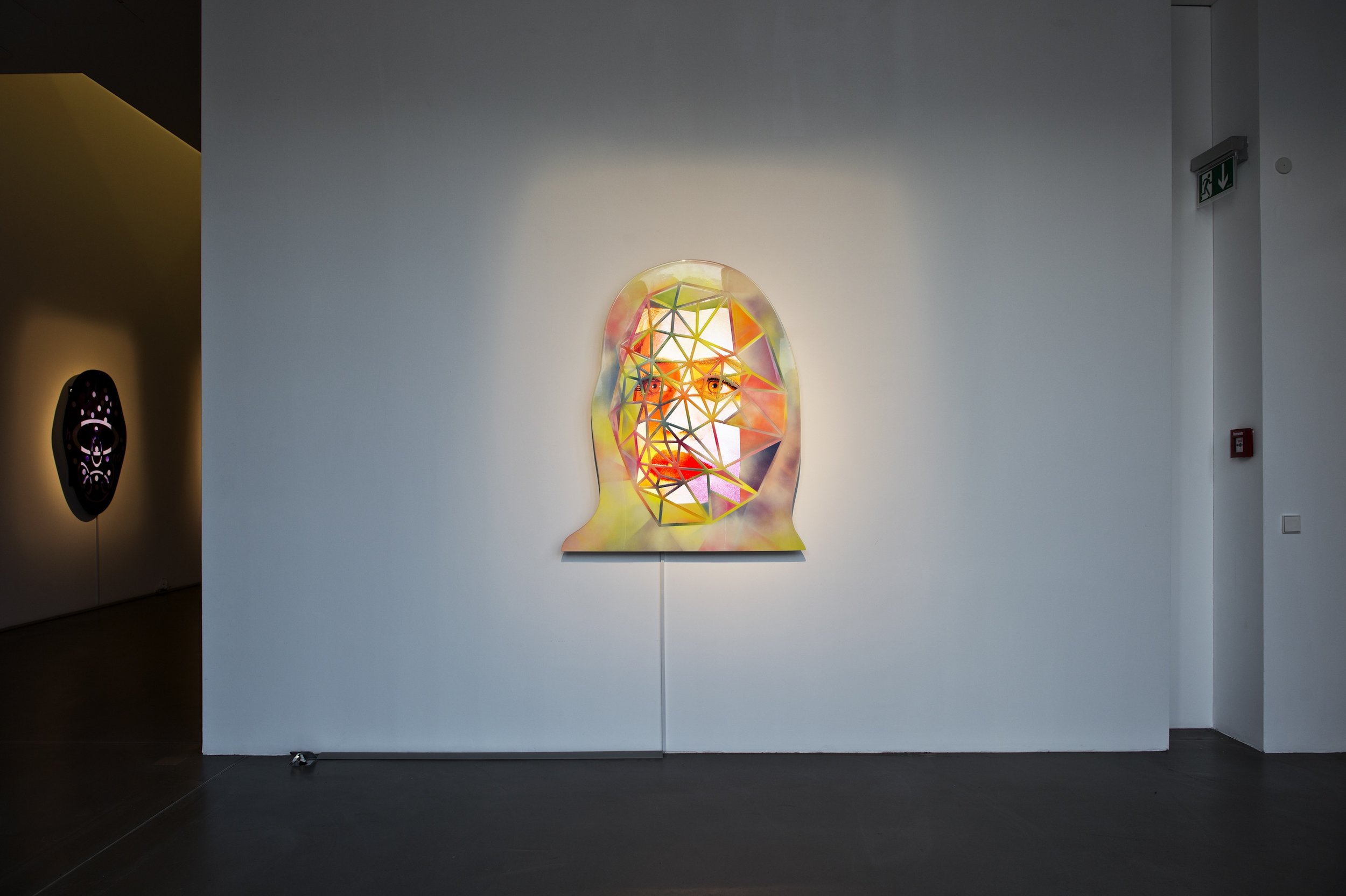
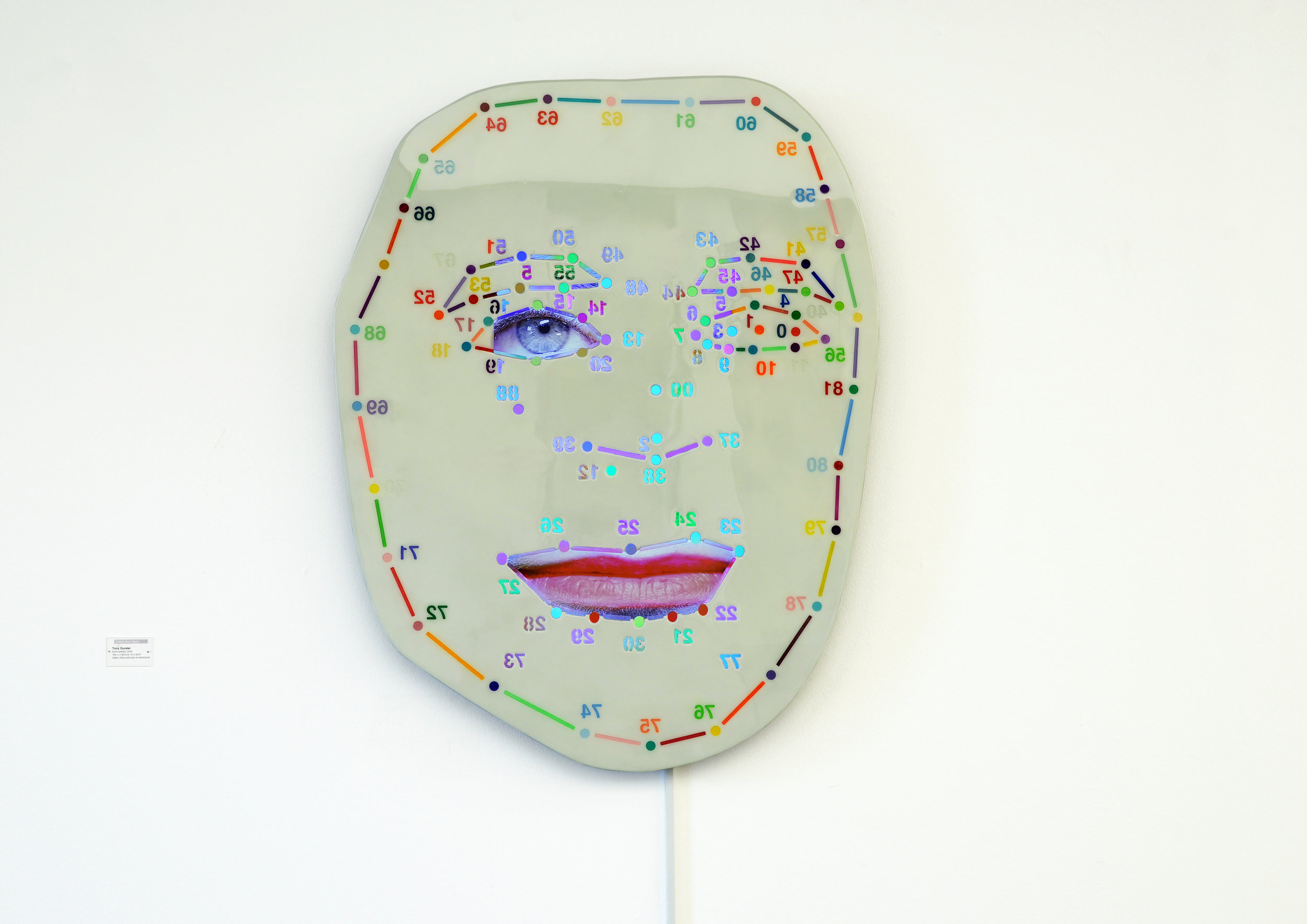
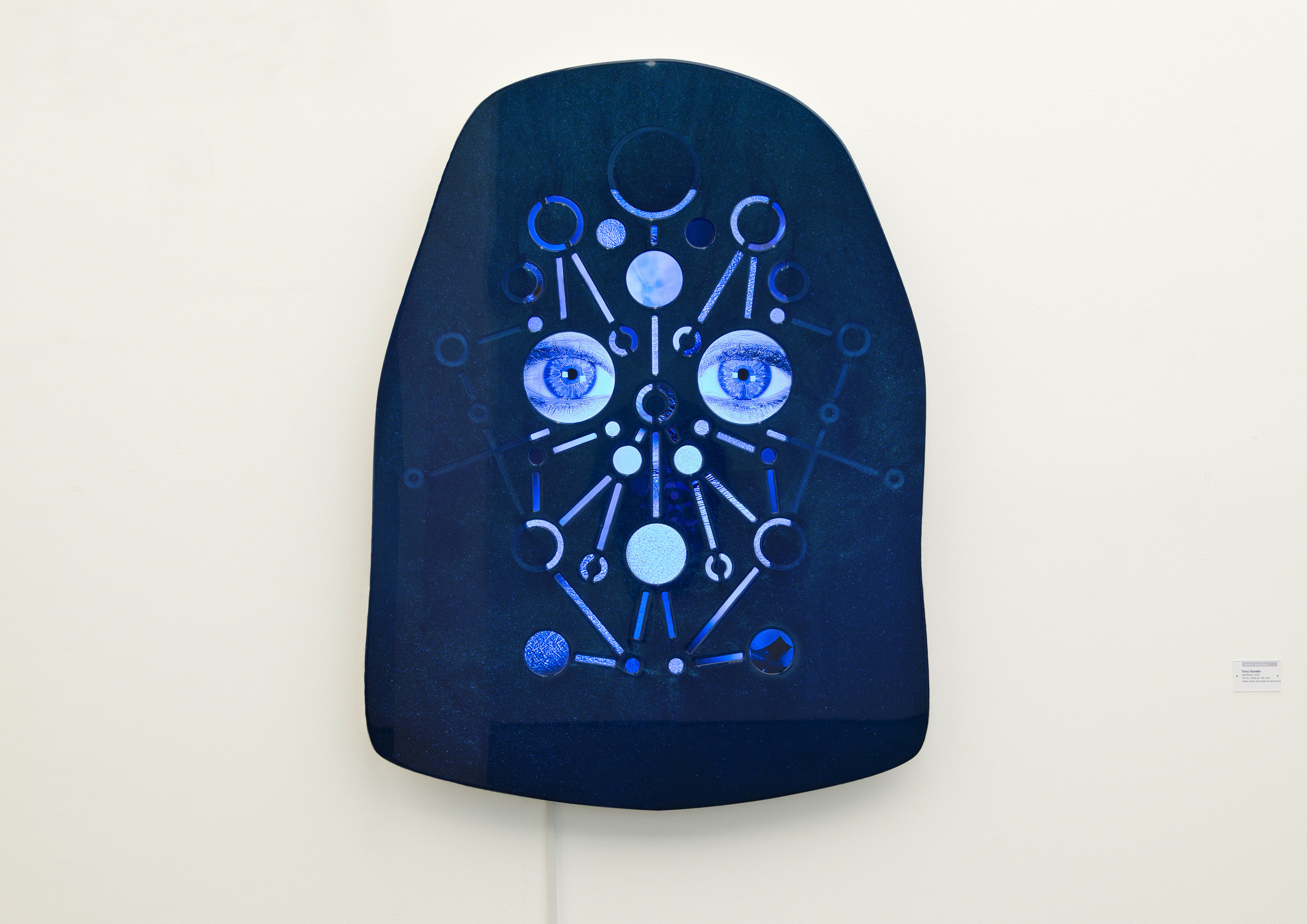
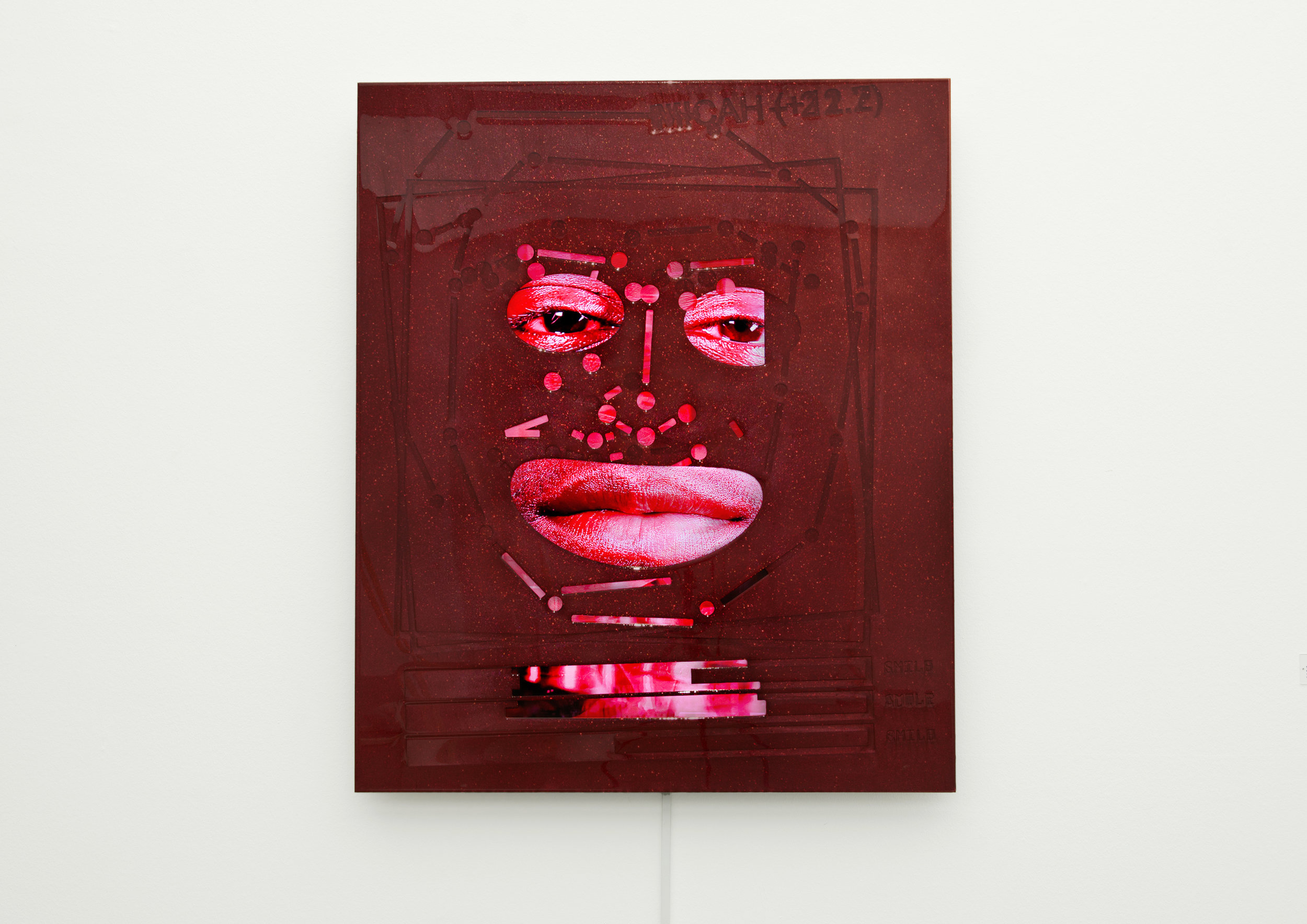
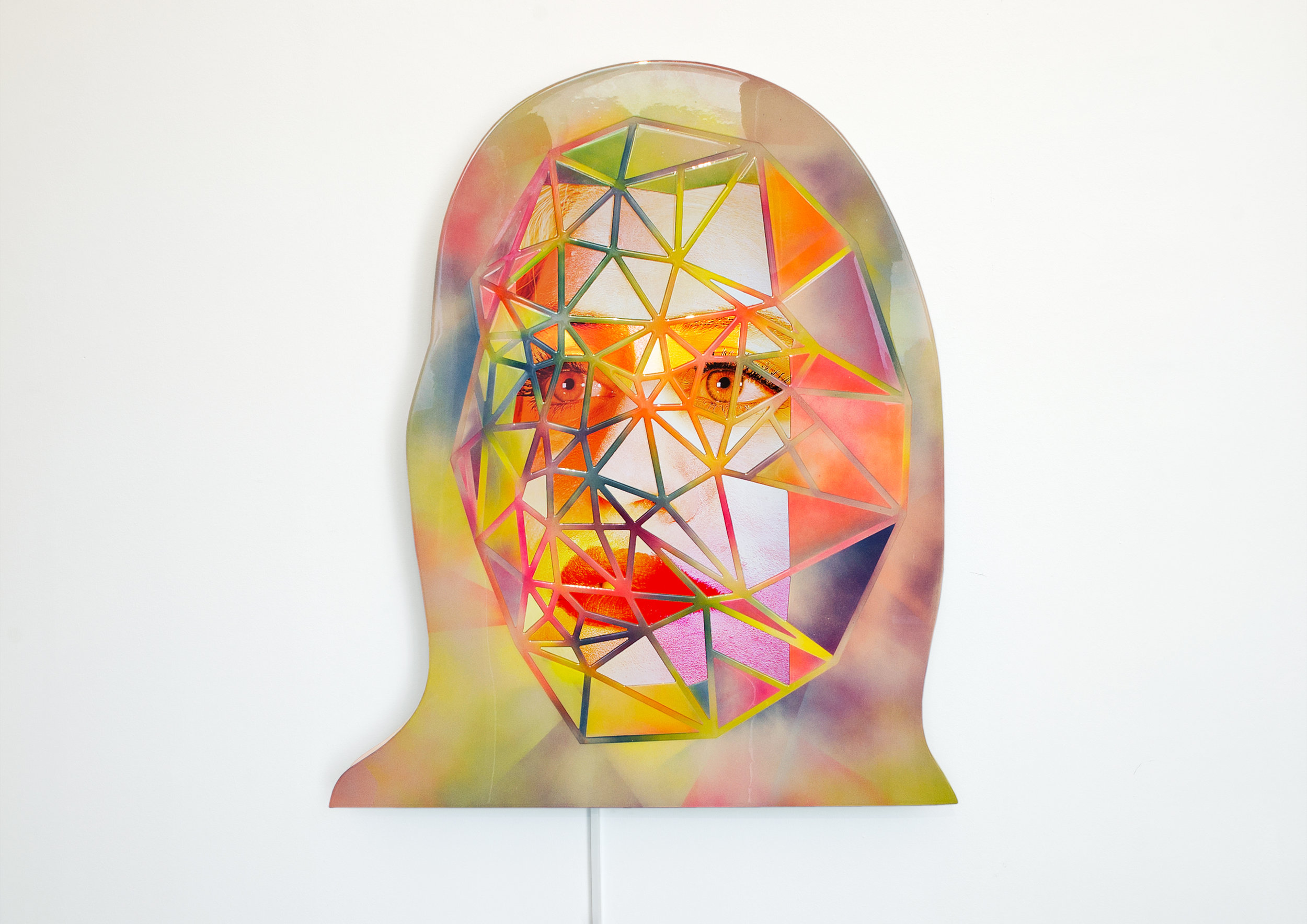
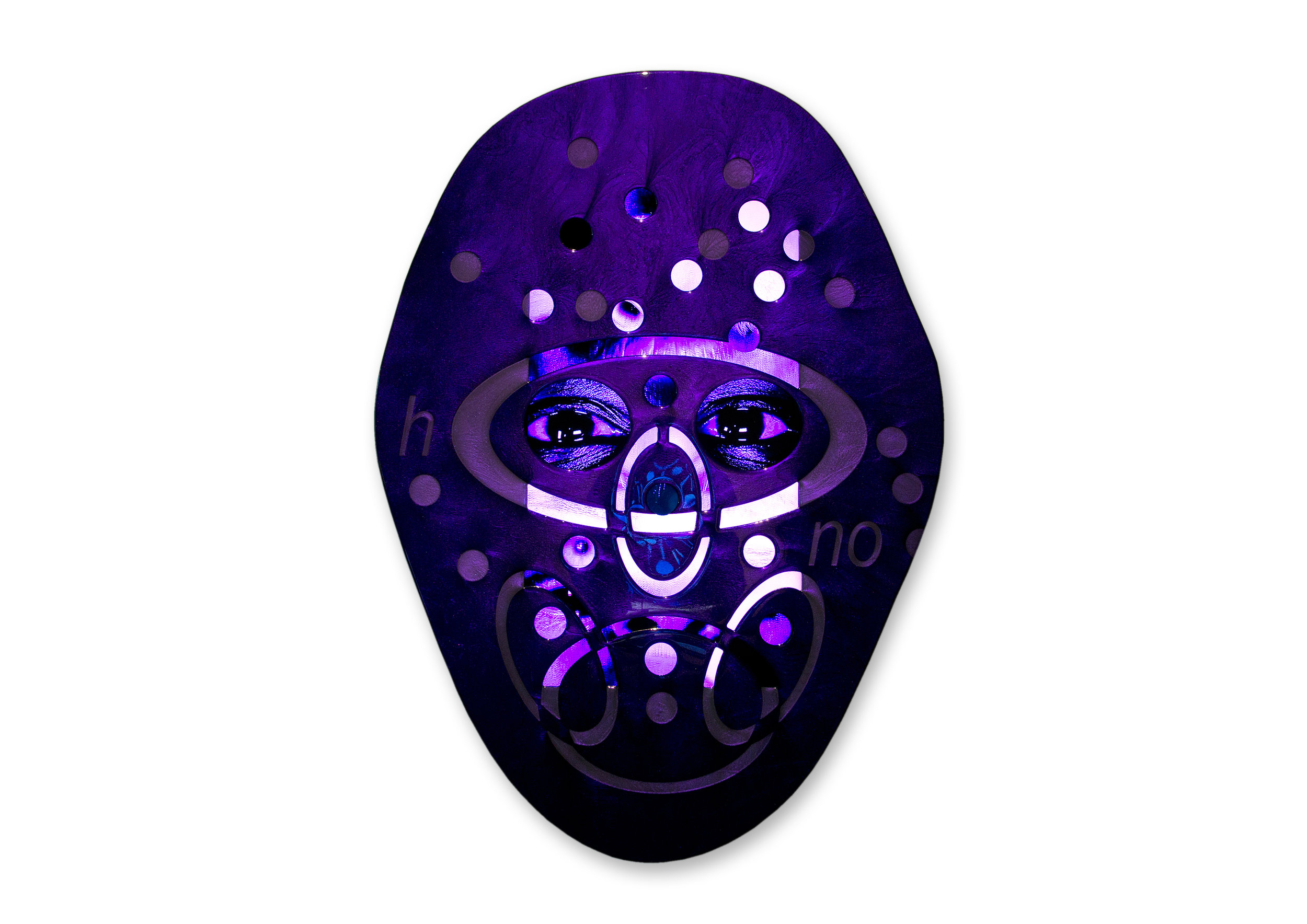
![0]arK_Hans_T_Oursler-4.jpg](https://images.squarespace-cdn.com/content/v1/58121f0bd1758eacbcccef4a/1489172384530-UHLK6MLEIJZ7992DVW1T/0%5DarK_Hans_T_Oursler-4.jpg)
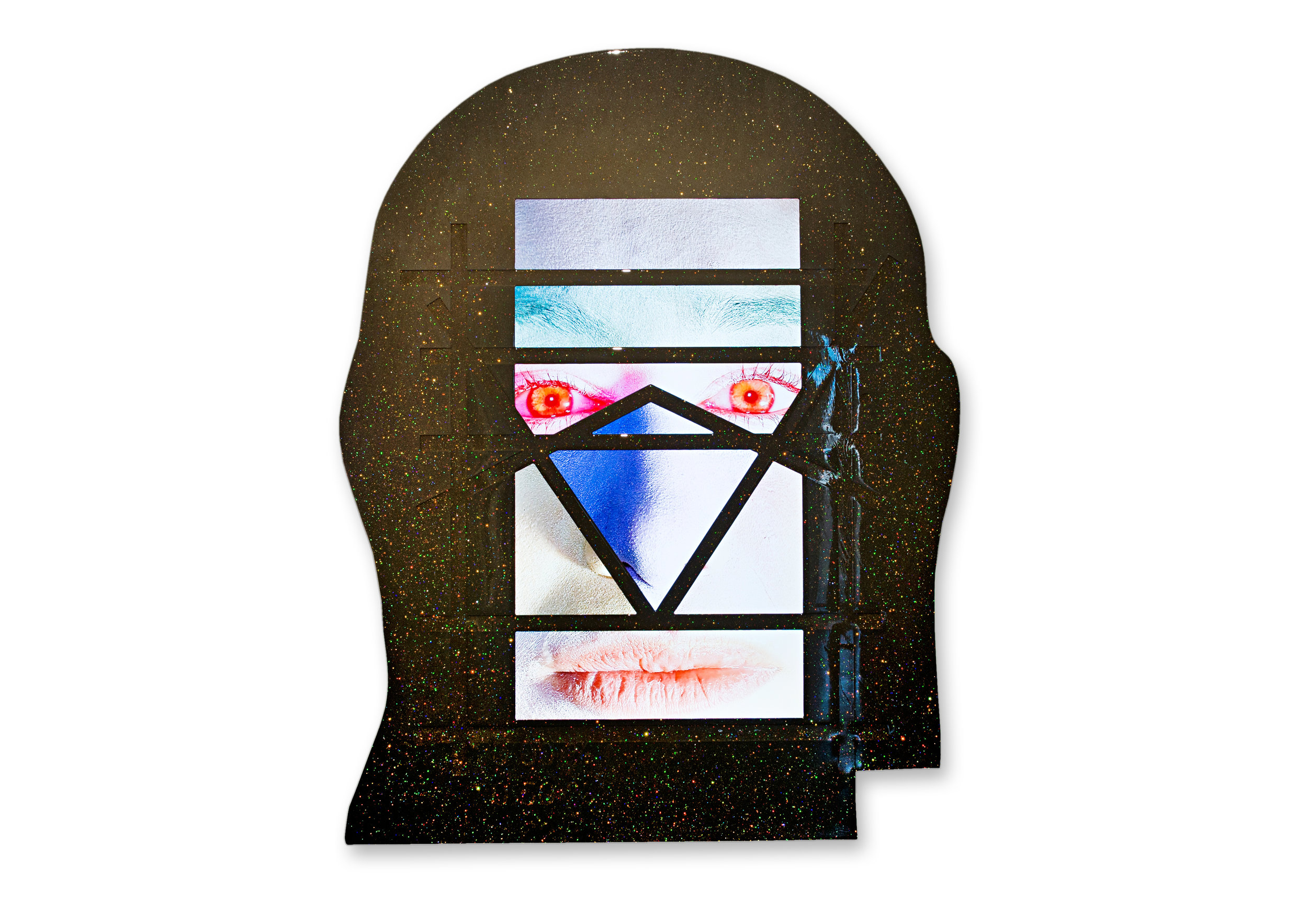
'pU#\*c'
>>pU#\*c<< is a series of works by Tony Oursler is presented by Galerie Hans Mayer. This new body of work celebrates Oursler's and Galerie Hans Mayer's long-term collaboration with the New York based artis. The exhibition shows 7 multimedia wall works, one large 5-panel work using a projector and one multimedia free standing-panel work. Some of the works will be accompanied by sound effects. The title of the exhibition 'pU#\*c" stands for the word public just as if a hacker or a tech company may have written it. The whole exhibition deals with the topic of facial recognition systems and how our modern society constantly is being observed through technology. Oursler uses technology in order to pursue his interest in facial recognition systems, how they work, what they will change and why they can be linked back to traditional portraiture.
Press Release
Galerie Hans Mayer is pleased to present a new series of works “pU#*c” by the American artist Tony Oursler. With this new body of work the gallery celebrates its long-term collaboration with the New York based artist, who has become to one of the leading figures of the international art scene, using the most recent technology as his major mean of communication. The exhibition will show 7 multi-media wall works, one large 5-panel work using a projector and one multi-media free standing-panel work. Some of the works will be accompanied by sound effects. The title of the exhibition “pU#*c” stands for the word public just as if a hacker or a tech company may have written it. The whole exhibition deals with the topic of facial recognition systems and how our modern society constantly is being observed through technology. In the interview at the back, Oursler clarifies more specifically how and why he uses technology in order to pursue his message and why he became interested in facial recognition systems, how they work, what they will change and why they can be linked back to traditional portraiture.
Tony Oursler was born in New York in 1957. He completed a BA in fine arts at the California Institute for the Arts, Valencia, California in 1979. His art covers a range of mediums working with video, sculpture, installation, performance and painting. Oursler’s work has been exhibited in prestigious institutions including the Walker Art Center, Minneapolis, Documenta VIII, IX, Kassel, Museum of Modern Art, New York, Whitney Museum of American Art, New York, the Centre Georges Pompidou, Paris, the Carnegie Museum of Art, Pittsburgh, Skulptur Projekte, Munster, Museum Ludwig, Cologne, the Hirshhorn Museum, Washington, the Tate, Liverpool, The Stedelijk Museum, Amsterdam, Netherlands, the LUMA Foundation, Arles, France. The artist currently lives and works in New York City.
This summer, Oursler will have a solo exhibition ‘Imponderable’ at MOMA, New York, featuring his new “5-D” cinematic environment utilizing a contemporary form of Pepper’s ghost—a 19th-century phantasmagoric device—and a range of sensory effects, Imponderable is an immersive feature-length film inspired by Oursler’s own archive of ephemera relating to stage magic, spirit photography, pseudoscience, telekinesis, and other manifestations of the paranormal. This exhibition coincides with Tony Oursler: The Imponderable Archive, on view at the Center for Curatorial Studies, Bard College, Annandale-on-Hudson, New York, June 25–October 30, 2016. Imponderable was originally commissioned and produced by the LUMA Foundation for the Parc des Ateliers, Arles, France, and LUMA Westbau, Zurich, Switzerland, 2015.
Interview with Tony Oursler by Billy Ruben:
Q: Technology is at the heart of many of your works, how does it come in to play in these multi media panels?
A: OK if you look at the history of the development of technology one can say we are extending our desires in one way or another through these tools. In other words if you reverse engineer any new device or system it will lead back to a desire. I'm not a tech fetishist as much as I'm interested in the success and failure of these tools, there's an epic story here. While stumbling forward somehow our humanity is revealed as we grapple with machines.
Q: How did you become interested in facial recognition systems?
A: Recognizing the face is of obvious importance to us for many reasons. In the past it was important for us to immediately recognize members of our tribe or family and differentiate them from questionable characters, for obvious reasons--like you may be killed. There are vestiges of this which still exist in the amygdala, the ancient part of the brain, connected to fear, that reacts reflexively to things, like a strange sound, so quickly that the conscious mind unaware at first. Separating friend from foe has immediate evolutionary repercussions and benefits so that part of our brain was highly developed. I've been inspired and lots of psychology studies and work on brain functions related to the face. In medieval times people attempted to codify the face through lines of marks as a means of judging character. After photography was developed mugs shots followed and the indexing of the population began in and earnest in the city of Paris by photographer Eugène Appert, in 1888 he standardized the double mug shot format much as we know it today one frontal view and one profile view.
Q: Some of the early work relates to surveillance for example the dummies with close circuit cameras.
A: In the late 1980s I started playing with home surveillance cameras in my work. I am interested in the personal power aspects of big brother state -- psychosexual aspect to it, personalized cameras. A lot of what has come to pass these days with the Internet. Changing the scale to personal from government sale playing with power struggles and the dynamics between individuals. That carries through to these works it's all there right below the surface.
Q: In the technology timeline that you published in 2000, you mentioned the Band of Steel, in London.
A: That was the first plan to watch every street in a major city, and London did it. We have to look at the invasion of public space by the all Seeing Eye. Everywhere there's been a drive to record every bit of space and collect all manner of data and that is now linked with other tracking devices and GPS. It's a total transformation of space into information. It's the child of the two headed monster: military and capitalism.
Q: So the cameras can see everything, everywhere but not until recently could the systems recognize who and what it was seeing.
A: That's the key: recognition. In other words we have been able to see crowds of people since watch posts were built and the Panopticon etc. but we always needed a human operator to identify people. Back in the 60s Woody Bledsoe began serious research into methods of facial recognition began. He used cardinal points on the face for example the pupil the chin and the ears and use mathematical correlations between them to find a unique equation of the face. The system was called man-machines. Others followed and it took a long time to develop these programs over the years, many were quite inadequate, even humorous in the mistakes they made. Accuracy and mistakes made identifying people early were judged by percentages: for example 60 percent successful means 40 failures out of 100. There is a funny story about Logan Airport in Boston, which apparently had installed a FR system throughout-- the only problem was it had 0% success. It never identified one person, ever.
Q: How did the algorithms work?
A: I'm no mathematician but as far as I can understand the programs identify various unchanging points on the face and determine their relationship to one another. In that formal comparison lies the individual. In other words our feature proportions can be measured to find a unique formula that is you. Or something like that. What is up in these works are the graphic representation of these algorithms.
Q: Where did you find these?
A: I was snooping around the Internet and I stumbled upon some striking representations of these programs. There is a large variety of methods and techniques. I really love the different designs try to preserve them in each of my works. Something about it seems new to me like I've never seen it before.
Q: These work seem to have some relationship to so-called primitive masks and also a science-fiction quality.
A: Exactly, there is something a-historic and a-cultural about these algorithms that allows them to echo-- to bounce around touching many references. I started to think of them as masks and schematics. It's as though we created something that is slightly out of our control, of course this happens with every new technology, their are unforeseen aspects. But I'm not sure we have understood this one. It is as though we have created a machine to do our bidding and now it has constructing an X-ray portrait of us. The machine is looking back at us for the first time. This is the beginning of a new sort of vision and we are just now beginning to understand how the machine will see us.
It's a new portrait.
Q: We have a long history of portraiture extending back in time, functioning variously, for example for deity worship or memorials on statuary and sarcophagi. But facial recognition opens up a new horizon.
A: Coupled with mobile devices and surveillance systems we can catalog vast numbers of people. But this is just the tip of the iceberg because these IDs are connected to Big Data. Once you are identified, one can be linked to all sorts of information: your Internet searches, medical history, economic profile, education, politics, aesthetics --- whatever-- as well as your exact physical location at any given moment. And all those can be cross-reference and analyze by other algorithms. There's even a predictive quality to this surveillance – – as Philip K Dick foresaw in his "future crimes". So if you look at our history, I consider facial recognition system as a brand-new beast, a form of portraiture, a composite of information. It has a funny connection to cubism with its attempt to combine different dimensions. it's not exactly a human activity.
Q: Is this a frightening development? Is your project a warning, a revealing of big brother?
A: Artists reflect the time in which they live. I'm very aware of our position now or at least I try to be. Of course there are some spooky elements to this technology. Privacy is a thing of the past. What does that mean? To live in a world of transparency? I hope this works will be part of a dialogue. I would like it to spark these discussions as well as function on an aesthetic level. I also see some very exciting possibilities in all this Data collection; I believe there will be many insights into human nature and perhaps solutions to some of our problems. But I'm sure it will be abused; there's no doubt about that. I also excited by the new imagery coming from biometrics in general. Anyway it's the new normal.
Q: I hear whispering from some of the works, what are they trying to say?
A: these panels speak but because they are 90% visual so I wanted them to be very quite. To generate an inner dialogue parallel to the viewer, which is not audible from all perspectives. Sometimes it's so quiet it will be misinterpreted and transformed by this misunderstanding-- I like that. As I wrote the texts for them I put myself into various positions, that of the machine, of the watched, of the person exposing themselves. The texts will unfold for people over time, I won't print them here.
Q: In classical portraiture there is a implication of the inner and outer life, mediated by the visage. These portraits imply a different reading of identity, how far do the go?
A: Biometrics is the key and these technologies are unlocking them on many levels. Micro expressions, DNA, Iris prints, heat signature, as well as scent signature are all methods for reading us. So the boundary of the body and mind and the public sphere are more permeable as the days go by. One can imagine the whole industry, which sells isolation and privacy. I see a small booth which one could rent for a short time, once we enter the small room we would be shielded from everything: Wi-Fi cell phone's cosmic rays electrical fields etc. This will be the center of my next installation.